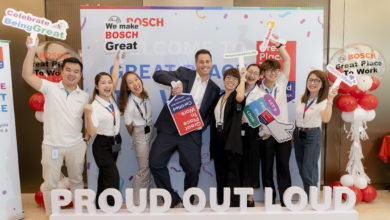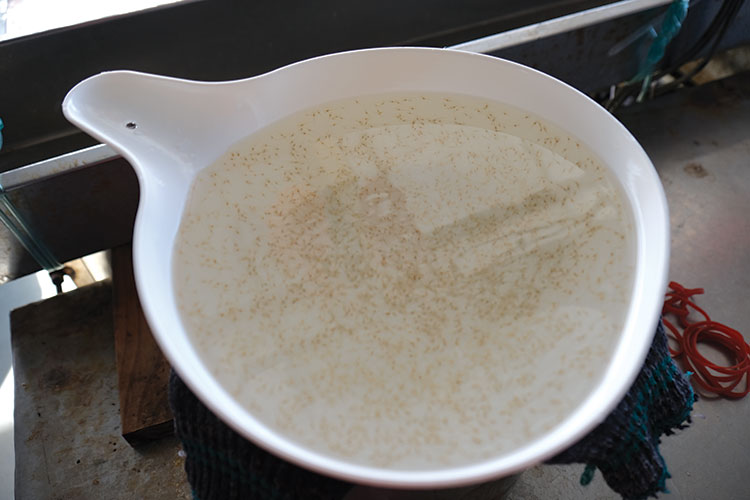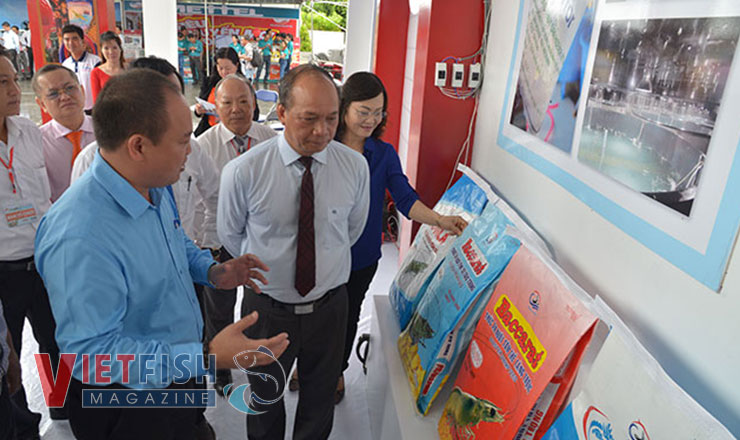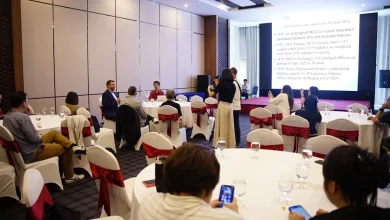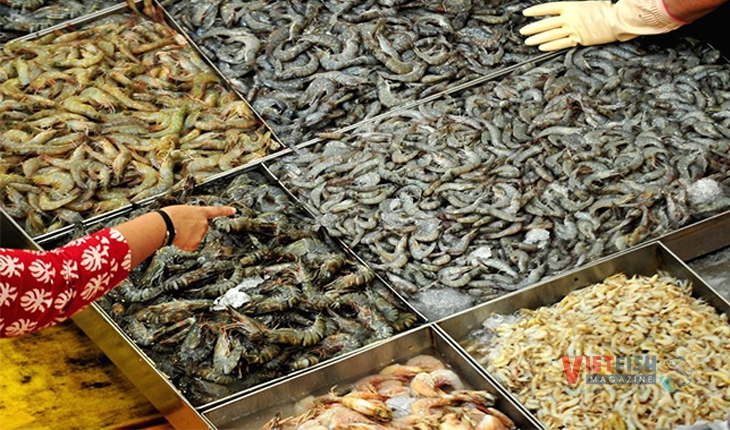GenoMar Genetics Vietnam: At the forefront of tilapia breeding
As a trusted supplier of high-quality fingerlings, GenoMar Genetics Vietnam is proud to showcase its tilapia strain at VietShrimp 2025. Developed over more than 30 years, this strain is widely recognized for its exceptional health and outstanding profitability.
On this occasion, Nguyen Van Trung, the General Manager of GenoMar Genetics Vietnam and Malaysia, shared his insights with the readers of Vietnam Fisheries Magazine.
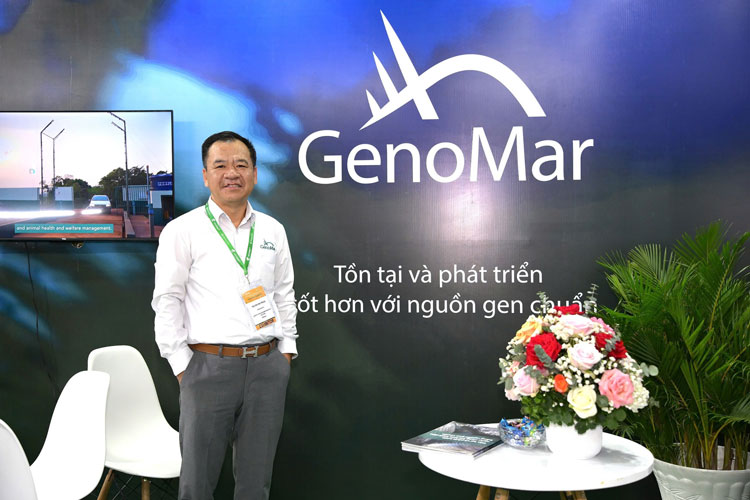
VFM: Although GenoMar Genetics Vietnam has only been operating in Vietnam for about 5 years, it has quickly established a strong reputation in the field of tilapia breeding. Could you share more about this journey?
Nguyen Van Trung: GenoMar Genetics Vietnam is a 100% foreign-invested company and a part of the GenoMar Genetics AS Group from Norway, specializing in the production of all-male tilapia.
Since 2022, the company has been officially supplying premium tilapia fingerlings to the Vietnamese market. The first shipment, delivered to customers in Hai Duong, consisted of fingerlings produced from the 30th generation of GenoMar’s broodstock in Asia. The fish are robust, fast-growing, disease-free, and bred at a farm in Tay Ninh.
Despite the challenges facing the aquaculture industry, such as high tilapia farming costs and low selling prices, we’ve noticed that farmers in the South are increasingly turning to tilapia farming to meet the growing regional demand.
VietShrimp 2025 brings together major players in the aquaculture industry, offering businesses a platform to strengthen their position, build their brand, and expand their networks with customers and partners. I believe this marks a key step toward sustainable development and future growth.
VFM: How has GenoMar Genetics Vietnam transformed to provide high-quality tilapia breeding stock and foster growth opportunities in the aquaculture sector, in line with current trends and realities?
Nguyen Van Trung: GenoMar Genetics Vietnam continuously enhances its technology in the hatchery production process. The company focuses not only on the initial broodstock but also on the production and packaging processes to ensure the fingerlings delivered to farmers are of the highest quality.
Initially, we import parent stock from breeding centers in the Philippines or Brazil, where they are raised until they reach maturity. Once mature, selective breeding is carried out for reproduction.
During the egg collection and disinfection phase, eggs are carefully harvested from the female fish’s mouth and quickly transferred to the hatchery. They are then cleaned, disinfected, and counted. After 4-5 days of incubation at a temperature of 28°C, the eggs hatch into fry with yolk sacs. After an additional 3-4 days, the fry are fed a formulated diet.
In the nursing phase, the fry are raised to a size of 0.2 – 0.5 grams over the course of about a month, with eight feedings per day, providing them with high-quality nutrition. Once they have reached the desired size, the fry are carefully packaged and shipped to distributors. This crucial step ensures that only top-quality fry reach the customer. GenoMar Genetics Vietnam’s fry are healthy, stress-resistant during transport, and quickly adapt to farming environments.
VFM: What are the key advantages of the tilapia breed from GenoMar Genetics Vietnam?
Nguyen Van Trung: Our flagship product is the GenoMar Strong tilapia strain, which is well-suited for stocking during hot weather, increasing survival rates by 30%. This strain exhibits over 30% higher resistance to Streptococcus infections compared to conventional tilapia strains. Furthermore, GenoMar Strong demonstrates excellent adaptability to various environmental conditions and achieves high fillet yields.
This is the 34th generation of GenoMar’s tilapia strain. Our company specializes in the development of tilapia breeding, continually improving the genetics and disease resistance of the strain each year. This advancement helps farmers reduce the use of vaccines, supporting the “greening farming,” lowering costs, and optimizing export yields per hectare.
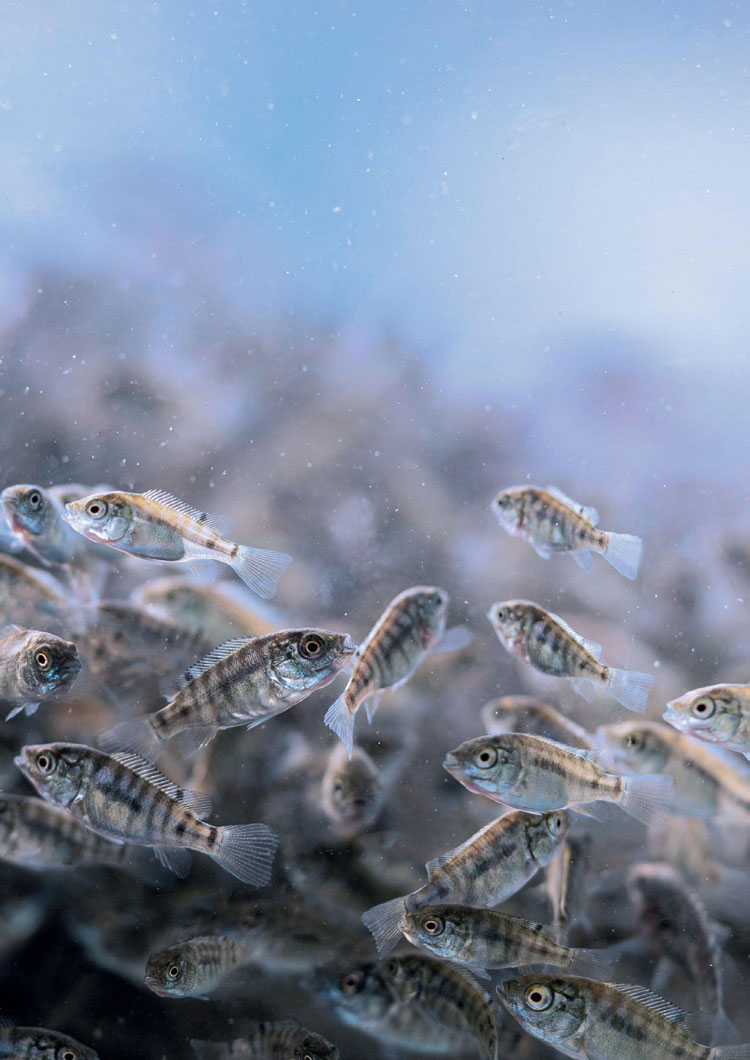
VFM: How do you evaluate the adaptability of the GenoMar Strong tilapia strain in Vietnam’s aquaculture environment?
Nguyen Van Trung: In the past, when the southern region had not yet had the opportunity to export tilapia, our focus was primarily on the northern region, where farmers had already seen good profits. In the southern provinces, especially in the Mekong Delta such as Dong Thap, An Giang, Soc Trang, Bac Lieu, Tra Vinh, and Ben Tre, areas where shrimp or pangasius farming are challenging,, local farmers have shifted to tilapia farming for export.
According to recorded data, the profit margin from tilapia farming is quite favorable, reaching approximately 25% of total profit. Notably, the cost of tilapia farming is very low, and this farming model is expanding.
This species adapts well to Vietnam’s climate conditions, and with the advantages of the Mekong Delta’s aquaculture environment, farmers face minimal challenges.
VFM: Could you provide some insights into Vietnam’s plans to expand juvenile fish production in the near future?
Nguyen Van Trung: GenoMar Genetics Vietnam is currently working to expand its market, with plans to develop a larger-scale hatchery and breeding center in Vietnam. Our mission is to continually improve genetic resources to address the challenges posed by climate change, while helping farmers reduce costs, improve farming conditions, and grow with confidence.
Vietnam’s strengths lie in the production of pangasius, followed by shrimp, and increasingly tilapia, which is gaining popularity in global markets. These sectors provide a solid foundation for our continued growth. According to Vietnam’s fisheries development strategy for 2030, the aquaculture industry is set to become a key economic sector, with tilapia being one of the four main export products.
Aquaculture development must align with industrialization, modernization, sustainability, and proactive adaptation to climate change. This requires effective risk management, cost reduction, and productivity improvements to achieve high profitability. Among these factors, selecting high-quality broodstock is crucial in determining the productivity and efficiency of aquaculture.
Thanks for your insights!
VFM
GENOMAR GROUP
GenoMar Group specializes in the international provision of aquaculture breeding and farming solutions, with a particular focus on genetically improved tilapia for global farmers. With breeding centers located in Norway, Asia, and Latin America, GenoMar has implemented innovative technological programs, creating prominent industry brands such as GenoMar, Aquabel, and AquaAmerica.
Through these brands, GenoMar supplies over 500 million fish annually to customers in Asia and Latin America, a number that is growing rapidly. The company is committed to sustainable development in the fields of breeding, professional crossbreeding, and advancing the tilapia farming industry.
GenoMar’s tilapia strains are derived from African and Asian tilapia populations, selected since 1988 and managed under the international GIFT (Genetically Improved Farmed Tilapia) program. Early adoption of scientific breeding methods and comprehensive pedigree information has been key to their success, and GenoMar continues to enhance these populations to maximize profitability for farmers.
In 2021, GenoMar completed the 30th generation of selective breeding, supporting the global sustainable tilapia farming industry with advanced selective breeding technologies designed to optimize and balance genetic resources.
GENOMAR GENETICS VIETNAM
GenoMar Genetics Vietnam is a fully foreign-invested company, part of the GenoMar Genetics AS Group from Norway. The company supplies high-quality tilapia breeding stock to Vietnamese farmers and contributes to sustainable development in the aquaculture sector.
GenoMar’s tilapia breeding farm is highly regarded by customers for its strict quality control, clear traceability, disease-free status, and exceptional quality, which are all expected to significantly drive the growth of Vietnam’s tilapia industry.
[/su_note]


